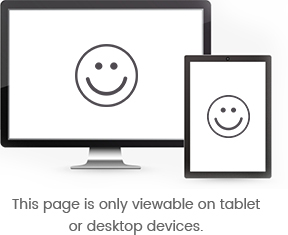Solana Blockchain vs Chromia
What problem does this service solve?
| Solana allows developers to create DApps with faster performance by separating the consensus process from the recording of transactions. | Chromia's relational blockchain structure will allow developers to create DApps with data that can be better indexed and queried, and more easily manipulated. |
Token Stats
Company Description
The Solana blockchain uses an innovative Proof of History mechanism to confirm transactions that are recorded on the network. Solana is designed to separate the consensus process from the flow of transactions. This is done with a recursive, verifiable delay function that hashes incoming transactions, and recording information as a function of time. Every node on the Solana blockchain is assigned a cryptographic clock that enables the network to determine the time and ordering of transactions, without having to wait for consensus from other nodes. By separating the process of transaction verification from their recording, a higher throughput is achieved without sacrificing network security. | Chromia is a relational blockchain platform that is designed to be both a blockchain and a relational database. Chromia was created by a Swedish development company called ChromaWay, with the intention of combining the advantages of a blockchain's transparency with the benefits of a relational database system, such as data independence and reduced redundancy. |



